For one day each season, a few of us engage in commonplace 1700s daily activities, and through it all we learn to understand lives once lived a little bit better - the lives of the average 18th century man and woman in the American colonies.
Now, what do I mean "the great unknowns" in the title?
You shall see...
.................................
There is a story to tell here:
Every-so-often, when I wear my top hat at a Civil War reenactment, I am called "Abraham Lincoln." As if he were the only man to wear a top hat during that time. Now, I don't look a thing like Mr. Lincoln - not in height, not in facial looks, not in anything. But I had a top hat on.
A couple weeks before our cabin excursion here, when I entered a diner while in my colonial clothes after a reenactment, I was called George Washington. This has happened other times in similar situations as well. Because, like Lincoln, anyone who dresses in 1770s "small clothes" (knee breeches, buckle shoes, tricorn hat) must be representing George Washington.
As if he were the only one to dress in that fashion.
 |
| This is Preacher Gerring - not Ben Franklin. |
More recently, my friend Norman Gerring was asked if he was Ben Franklin. Now, again, the man looks nothing like Mr. Franklin. But he had on his "small clothes," this time including a white wig and wire eyeglasses. Never mind that Franklin didn't wear a wig, though he did wear glasses. In fact, 'twas the glasses that gave it away, right?
Now...I do thank anyone that has confused me with Washington, Lincoln, and, yes, because of my very wide hair part, even Ben Franklin, for I can think of no greater compliment than to be confused with such men.
And I'm sure Mr. Gerring feels the same.
It's funny, however, that I have never been asked if I was Quaker farmer Jonathan Heacock.
Who is Jonathan Heacock?
Why, he was my 5th great grandfather who lived in Bucks County, Pennsylvania, and he and his wife Suzannah farmed the land during the last quarter of the 18th century.
Ah, but most people wouldn't know either Jon or Suzannah.
And this is kind of my point: my 5th great grandparents were but two of the nearly 3,000,000 people living in the colonies during the later 18th century. And all but a few dozen, for the most part, are greatly unknown to most.
And that's who I sort of represent as a living historian - a member of the "great unknowns."
Oh! I'm not necessarily portraying Jonathan Heacock himself, but someone like him; we, as a living history group, tend to depict the many unknowns that have been lost to time; we show ourselves to be an average farming family of the 18th century who lived their lives as mostly unknowns outside of their little community, wearing plain work clothes, eking out their livelihoods from the soil to feed their family, similar in manner as most of us do today in our own various occupations. I mentioned this to a visitor on the day we were at the cabin, and she was very happy to hear it, for she told me she loved the idea of us portraying the "unknowns" and showing everyday life of the every man or every woman of 250 years ago.
Much in the same vein as most of us "unknowns" living our lives here in 2022.
This past portrayal is exactly what we love doing. We can read about George Washington, Ben Franklin, Thomas Jefferson, John & Abigail Adams, James Madison, Paul Revere, John Hancock...even Abraham Lincoln (he from a later time period) and a few dozen other "names" from the past in virtually every American history book. But how often do we get to see and study...up close...the lives of the average Jonathan or Suzannah Heacock of that period?
You see, this is our forte - - - this is what we study...what we research...and what we can show.
And it's because of this that we can make an honest attempt to live in our ancestor's shoes.
Welcome to summer 1772.
Hot is hot, and come June, July, and August the summer heat can be stifling at times. Keeping cool in such heat was of utmost importance. During this time of year, men often wore unlined coats and thin waistcoats of cotton or linen fabrics. Advising his brother about what to wear in such warm air, Stephen Hawtrey, in 1765, wrote, "Your Cloathing in summer must be as thin and light as possible for the heat is beyond your conception . . .your Cloth suit unlined may do for the Month of May, but after that time you must wear the thinnest Stuffs that can be made without lining. some people . . . wear brown holland (linen) Coats with lining –some Crape –You must carry with you a Stock of Linnen Waistcoats made very large and loose, that they may'nt stick to your hide when you perspire."
Women, too, wore light linen and found ways to keep on the cool side. As Sarah Smith Emery wrote:
"In the sultry August afternoons mother and aunt Sarah usually took their sewing to the cool back room, whose shaded door and windows over-looked the freshly mown field, dotted by apple trees.
At five o'clock the men came in from the field, and tea was served. The tea things washed, the vegetables were gathered for the morrow, the linen taken in, and other chores done."
The heat of summer only added greatly to the discomfort to this 1700s generation, who had no knowledge of the distant future with electric fans and air conditioning comforts. The cooling down opportunities were slim, aside from a jump in the pond or a nearby stream or even a shade tree.
However, as hot as this current summer has been, we were quite lucky on this day at the cabin, for temperatures only reached into the lower 80s, and the humidity remained lower as well.
It was quite the opposite from last year.
And that made for a better day.
Leave the 21st century where it belongs - in the 21st century!
See? It can be done!
(By the way, yes, we've all made mistakes through the many reenactments we have participated in and have been politely called out - and that's helped us to keep our focus where it should be while "in the past")~
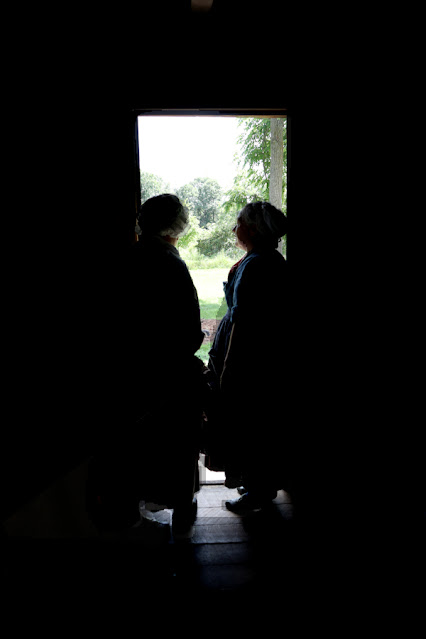 |
| Charlotte & Jackie~ This is one of those that when I saw them standing there, I told them not to move as I was able to get a sort of silhouetted photograph. |
We had extra visitors this time around: members of the 1st Pennsylvania.
Tony, who is the head of the 1st Pennsylvania here in Michigan, asked me if I would mind if they came out to drill while we were in the cabin. I had no problem with it, and so a few came out, including my son, Robbie.
 |
| Robbie a-waiting orders for drilling. |
 |
| There were soldiers among us! |
 |
| 1st Pennsylvania members out our window. |
 |
| Tony gave a bit of a history of the 1st Penn. |
 |
| Tony's group is actually larger than this, but not every member could make it on this day. |
Then again, perhaps they could come out as citizens, work in the blacksmith shop, in the garden, the barn, etcetera, and be called out to drill as militia. It could make for an interesting scenario if there were modern visitors about, for the backstory we in the cabin use is we moved from Boston to the frontier and built a cabin to get away from the political upheaval occurring between military (Redcoats) and the citizens. This story gives us the chance to speak to any possible visitors about the Bloody Massacre that happened on Kings Street in March of 1770, and even, looking into "the future," the possibilities of speaking about what would eventually be known as the Boston Tea Party (stepping a bit into the future, of course, for this happened in December 1773 - it could make for an interesting history lesson for its sestercentennial - the 250th anniversary).
Though I portray a farmer - no, I am not a farmer in real life, nor do I claim to be - I have little means of doing any actual colonial farming. I am a presenter, and just as most of our reenacting soldiers have never been in a battle, I have never actually farmed outside of gardening, aside from a few opportunities here and there, such as plowing. We don't have access to large fields for plowing, nor are we able to use oxen or horses for our work, and we cannot come out very often even to weed due to the driving distance. However, here at the cabin we do have a kitchen garden.
 |
| Me trying to save whatever flax I can, though it is nearly a month early. Due to outrageous gas prices, it was a bit more difficult for me to venture out this year as compared to last year. |
 |
| Charlotte and Jackie doing the same~ |
We always have a dinner meal while at the cabin, and it is a period-correct dish, including fricandillas, squash soup, stew, beets, and other dishes of the time. For our summer dinner meal we had pasties, cooked at the hearth in the tin kitchen:
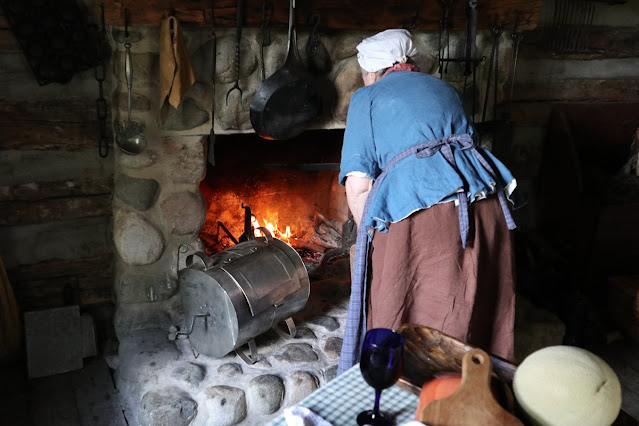 |
| Known in modern times as a "reflector oven," it was commonly referred to as a "tin kitchen" during colonial days. I suppose it's modern equivalent could be sort of like a roasting spit to some extent |
The tin kitchen you see being used in our hearth is the one and the same as seen in the video below:
Tin kitchens were used from about the mid-17th century through the 19th century, until cook stoves took over and their popularity waned greatly. Due to their shape, they cooked food more efficiently than a simple spit over an open fire, for the oven surface reflected the heat back from the fire, centering it onto the front and back of the food.
Did you know these tin kitchens also went by the name of "Roasting Kitchen"? According to historian Alice Morse Earle in her Home Life In Colonial Days book, this was another name listed for this hearth-cooking tool.
 |
| The pasties look done to me! |
 |
| Our pasties as served on the table. They were so good! |
Pasties were commonly eaten in colonial America. While it's not definitively clear when these meat turnovers were invented, meat pies have been referenced in a 13th century royal charter by England's King Henry III and 14th century French cookbooks, which referred to the encompassing dough as paste. In fact, 18th century cook books did the same:
 |
More pasty recipes from The Compleat Housewife. |
Pasties are hand-held pies traditionally filled with beef or chicken, potatoes, onions, and turnips. The hearty pies provided a portable meal for farmers, fishermen, and – most famously – miners. Housewives historically put almost anything in their pasties, including fish, eggs, rabbit, pork, beef, venison, chicken, vegetables, and even fruit. Many period recipes also suggest marinating and aging meat for several days, as well as beating it to a pulp with a rolling pin. This was done to further tenderize the meat, for it is said that beef was likely much tougher then than it is today.
So which style of pasty is most historically accurate? They all are. It seems the common denominator between all pasties is simply two things: a crust and a meat filling….oops, then again, there were fruit pasties.
So there you go - all's fair in pasties!
From the cookbook Cornish Recipes Ancient and Modern, "It is said that the Devil never crossed the Tamar into Cornwall on account of the well-known habit of Cornish women of putting everything into a pasty, and that he was not sufficiently courageous to risk such a fate!"
Today you can find pasties all over the United States, but they’re most closely associated with southwestern Wisconsin and the Upper Peninsula of Michigan.
 |
| Here is our summer 2022 cabin group, which includes the 1st Pennsylvania. |
 |
| ~1772~ Larissa could not attend due to extenuating circumstances. But, just as last summer, the three of us - Charlotte, myself, & Jackie - persevered. The great unknowns indeed! |
These special 18th century cabin days are, perhaps, the highlight of my reenacting year. The experience received at each is beyond anything I could have imagined or wished for.
And to think this whole idea of experiencing colonial cabin life here came to me in a dream...
Living the research.
Okay, so we might not necessarily be portraying my Quaker ancestors, but we are experimenting in an experience of their lives. And, to be honest, don't you think I kind of look along the lines of a Quaker when I wear my 18th century wide-brimmed farm hat?
lol
Maybe they should put my picture on a box of a pre-packaged breakfast meal...
Anyhow, only our Patriot's Day and the 4th of July events can come close.
................................
I cannot thank the good folks at the Waterloo Farm Museum enough, especially Brian and Arlene, for allowing us to live out long-time historical dreams (figuratively and literally). I appreciate the trust you have given us.
Also, so many thanks to the wonderful living historians who joined me, not only for this Summer excursion, but consistently - Larissa, Charlotte, and Jackie - for it was because of our similar passions for the past that we could, together, make another time---an era long ago---come to life in a very real manner.
I am proud to call you my friends.
And to a few extras who showed up this time: 1st Penn members, Norman Gerring (Tony's father), and photographer Bob Jacobs. Bob took the two photos of us out in the weedy flax field, amongst a few others.
Now, how would you like to see how our past time travel living history adventures have gone here at the cabin?
To read about our 2020 autumn excursion at the cabin, click HERE
To read about our 2021 wintertime excursion at the cabin, click HERE
To read about our 2021 springtime excursion at the cabin, click HERETo read about our 2021 summertime excursion at the cabin, click HERE
To read about our 2021 harvesting of the flax at the cabin, please click HERE
To read about our 2021 autumn excursion making candles at the cabin, click HERE
To read about our 2022 winter excursion at the cabin, please click HERE
To read about our 2022 spring excursion at the cabin, please click HERE
To learn about historic farm tools, please click HERE
To learn about a year on a colonial farm - living by the seasons - click HERE
To learn about colonial textiles, click HERE
To learn about a colonial summer experience, please click HERE
To learn how colonials lived with candle light, click HERE
Adding everyday life to colonial living, click HERE
How my ancestors fit in time: Putting Our Ancestors in their Place and Time
To purchase a wonderful DVD about colonial daily life, including farming, click HERE
See you in the Autumn!
~ ~ ~
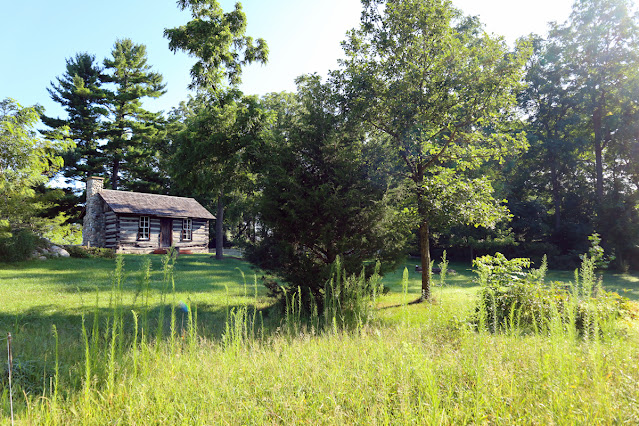

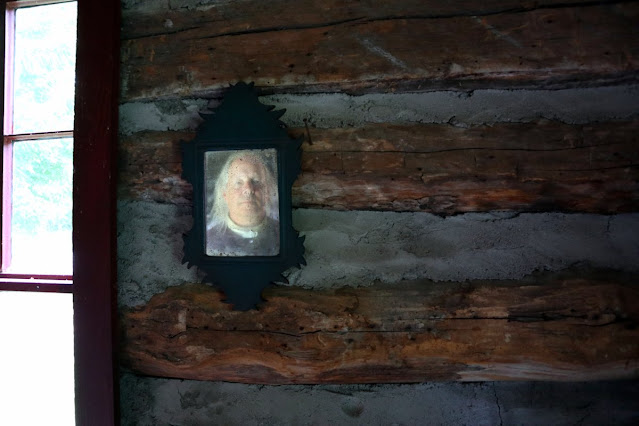

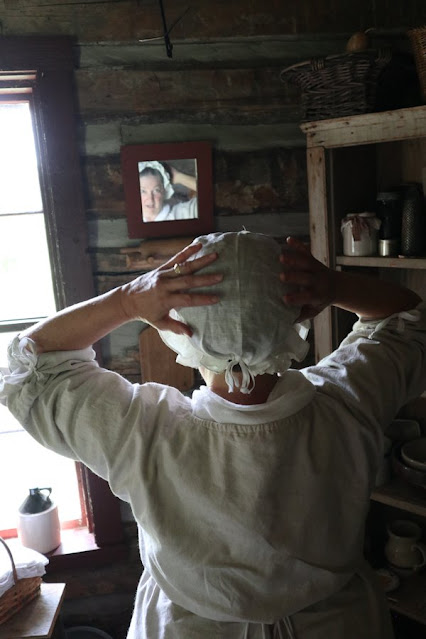
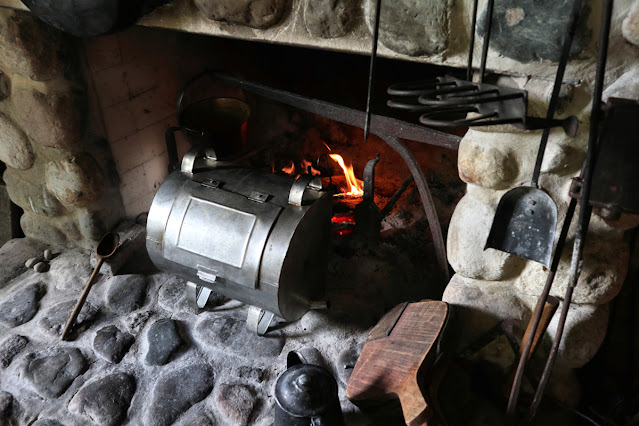



1 comment:
When I appear in my small clothes in public, I am often asked if I am a pirate, or someone will make the comment that they like my "costume." Always lot of people to educate and not enough time.
Post a Comment